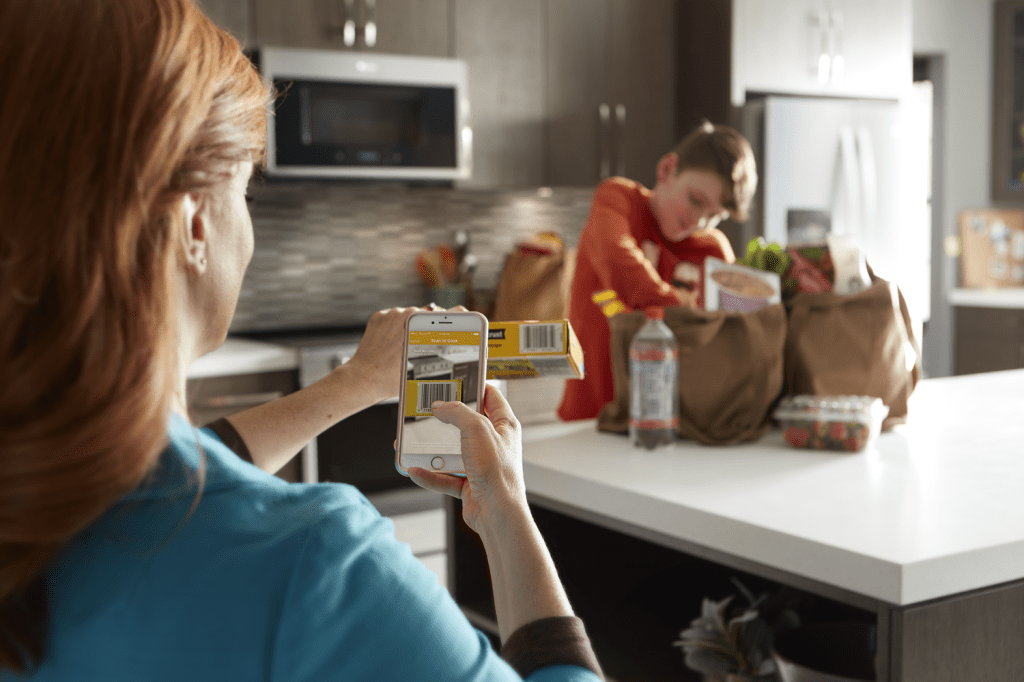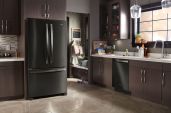As the largest generation in U.S. history, millennials represent a unique opportunity for multifamily housing. Millennials, who are expected to generate nearly half of U.S. household income by 2025, according to the U.S. Census Bureau, largely prefer multifamily residences due to their lifestyle demands and financial resources.
This generation, some 78 million people, is educated and tech-savvy and has discerning taste. Also known as Gen Y, this group has grown up in a time of rapid change, so they have many different expectations from previous generations when it comes to housing.
Millennials prefer—and even expect—upscale finishes, modern spaces, and, especially, technology in their housing. A recent survey of 1,000 U.S. multifamily renters conducted by lock manufacturer Schlage and Wakefield Research shows that millennials are overwhelmingly willing to pay more for an apartment equipped with automated or connected devices. Furthermore, 86 percent of parents responding to a recent Whirlpool Smart Home survey indicated their next appliance purchase would be a smart appliance. As Gen Y starts families and increasingly informs housing preferences, it’s important to consider these factors.
Integration Across Devices
Millennials are native technology users and have specific demands when it comes to smart devices. Not only do they desire smart features that make everyday tasks easier, but they also want smart devices to integrate seamlessly. According to CNET, 75 percent of millennials want all their smart devices to work together. Another 84 percent want the devices to work with connected wearable devices. Designers at Whirlpool Corporation kept these insights top of mind when designing the manufacturer’s newest kitchen and laundry appliances.
“We know there are multiple screens and devices in the kitchen already,” says Jason Tippetts, global brands design manager at Whirlpool Corporation. “We wanted to become part of that ecosystem, rather than reinventing the wheel.”
To that effort, the new Whirlpool® Smart Kitchen Suite introduces easier ways to interact with appliances, including compatibility with other home automation apps, integration with voice-controlled connected devices, and even the ability to automatically replenish supplies.
Connectivity Above All Else
The Schlage/Wakefield Research survey indicated that millennials are even willing to sacrifice other amenities in favor of a connected multifamily space: Nearly half (44 percent) of respondents would forgo a parking space to live in a smart apartment. Consumers, especially millennials, also want smart-home features that make everyday tasks more efficient.
Connected technology such as that found in the Whirlpool® Smart Kitchen Suite can even adapt to user preferences, allowing residents to personalize their in-home experience.
“Whirlpool Smart Appliances intuitively learn habits and give families what they really want out of the newest technology, which is to adapt to a family’s day-to-day care routine,” says Jason Mathew, senior director of global connected strategy, Whirlpool Corporation.
Unlike prior generations, Gen Y has grown up with technology integrated into every part of their lives. Therefore, it’s no surprise that convenience and connectivity top their priorities. This generation, although diverse, has made it clear they are willing to spend more on the amenities they value most.
The multifamily housing industry would do well to pay attention to this trendsetting demographic.



